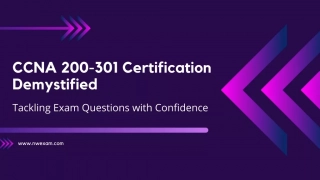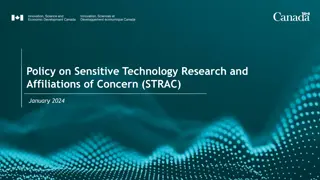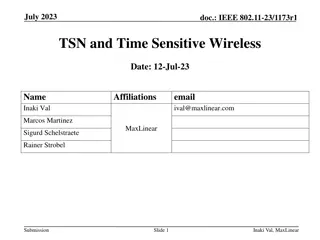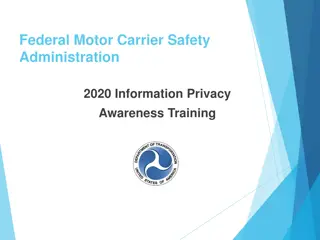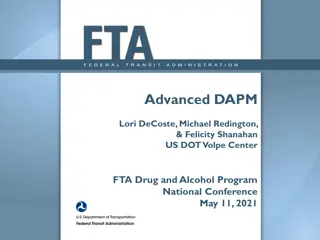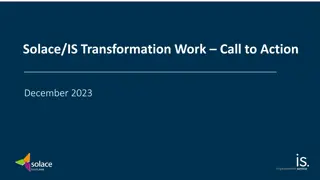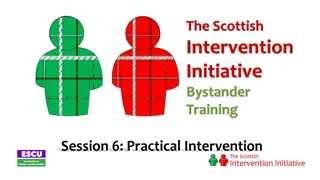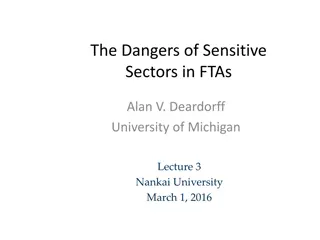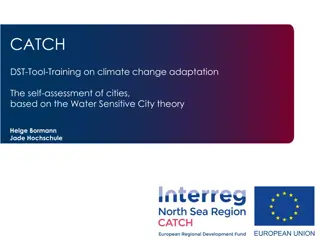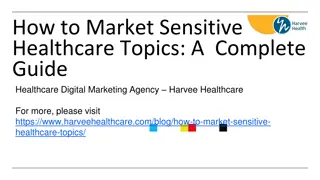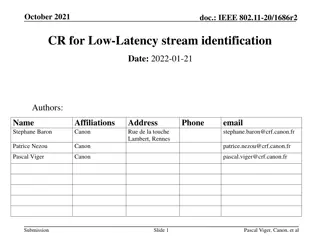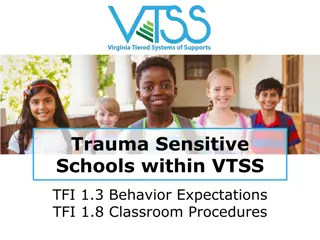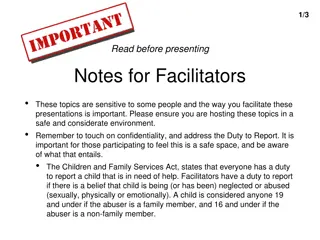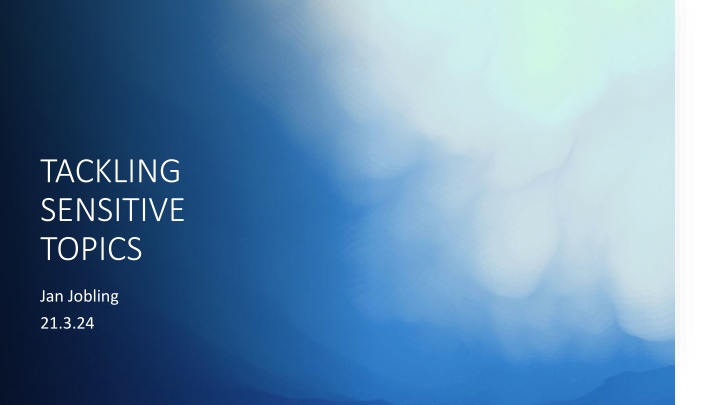
Exploring Controversial and Sensitive Topics in Education
Delve into the nuances between controversial and sensitive topics, understanding the impact they have in educational settings. Discover the importance of teaching such topics, promoting diverse perspectives, critical thinking, and respectful engagement. Uncover the significance of personal and contextual factors in navigating dilemmas when opinions clash, fostering academic freedom and integrity in educational environments. With societal tensions rising, this exploration sheds light on the role of education in navigating complex issues within a diverse and divided world.
Download Presentation

Please find below an Image/Link to download the presentation.
The content on the website is provided AS IS for your information and personal use only. It may not be sold, licensed, or shared on other websites without obtaining consent from the author. If you encounter any issues during the download, it is possible that the publisher has removed the file from their server.
You are allowed to download the files provided on this website for personal or commercial use, subject to the condition that they are used lawfully. All files are the property of their respective owners.
The content on the website is provided AS IS for your information and personal use only. It may not be sold, licensed, or shared on other websites without obtaining consent from the author.
E N D
Presentation Transcript
TACKLING SENSITIVE TOPICS Jan Jobling 21.3.24
Controversial v. Sensitive: is there a difference? Dearden (1984): a topic is controversial if contrary views can be held on it without those views being contrary to reason. Sensitive topics: widely held to mean topics which might evoke discomfort or emotional responses such as distress or anger Can you think of examples for each category?
But what if views about controversial issues are held with passion? Is the distinction so clear? Significance of personal and contextual factors which may be unaware of
Why is it important to teach such topics?
Promote understanding of own position and ability to articulate both it and the basis for it Encourage curiosity, self-reflection and critical thinking beyond existing beliefs/biases Foster understanding of and respectful engagement with different perspectives and diversity Navigation of dilemmas when rights clash
Academic freedom and integrity Inherent importance - e.g. issues of social, political and economic significance and antagonism Parker (2003) on the central citizenship question of our time. How can we live together justly [in ways which leave] our multiple identities recognized? The democratic mission of a university or other educational establishment?
According to Ortego-Snchez (2022), Future Education and Democratic Hope: Rethinking Social Studies Education in Times of Change: .. in a United States riven by a president who has stoked violence, in an England convulsed by Brexit, and in a Northern Ireland where centuries of conflict have yielded to a fragile truce amid persistent division . The world is in a precarious political, environmental and moral space.
What might be the barriers?
Fear of upsetting students Mental health concerns Lack of confidence in handling potentially difficult situations/disruption Worry over potential repercussions for self and student in and beyond the classroom Fraught political contexts and public discourse Motivated reasoning (yours as well as theirs) Concern about your own authenticity in speaking on a particular topic
What key principles and practices might we want to establish, in balancing an open classroom with a safe one?
An open and trusting ethos is important: how do we establish this? Gradient of controversy : Consider examples used for example, historical or geographical distance can take some heat out of discussions, whilst still conveying the key principles at stake Fictional scenarios Picking on students is often problematic it may be even more so with sensitive topics. How do you encourage participation? Or do you? Are some topics best addressed didactically and factually? What about assessed seminar participation? How might this be managed?
The tutor and pedagogical framework Awareness of own positionality When in class, do we share this with students..? Why/Why not? Do we seek a constructivist, egalitarian and democratic classroom? What does this involve for the tutor, and what might be the risks when teaching sensitive topics?
Specific Strategies: establishing the terrain Trigger warnings/sensitivity notices Pre-exposure through e.g. resources, so students are not hijacked in a public context (and nor are you, through not realizing a particular topic was sensitive) Inviting students to be in touch before a class if they have content concerns. Depending on context, they might seek permission not to attend or be able to leave quietly and without comment if necessary Trust may be required: it is usually not appropriate to ask for details! Where attendance is mandatory, seek advice on local policies for absence authorization.
The civil seminar: establish ground-rules and expectations Open discussion with students at the outset of a course containing typically sensitive issues Signposting of student support systems within course materials
Within the class some things to consider Clarity on pedagogical goals for the session; this can also help keep discussions on track How in practice to do we keep discussions focused or move them? Consider how best to frame questions Drummond in Pace (2021, p.78): the difference between what do you think? and what are the issues here? Framing in public/objective not personal terms She speaks from N. Ireland school context: I personally think it s irresponsible to rip the heart out of a child and to expose their prejudice or racism and then twenty minutes later, send them off to French. Visual resources: to use or not? A picture speaks a thousand words
Having respect for the student voice whilst enabling that voice to be challenged, in an appropriate manner. How do we do this? How do we foster students giving serious attention to points of view they disagree with - perhaps strongly? Tutor attunement reading the room! You ve noticed a potential issue (body language, expression etc.). What do you do?
References Controversial or Sensitive Topics (no date) Academy for Teaching and Learning | Baylor University. Available at: https://www.baylor.edu/atl/index.php?id=988047 (Accessed: 9 September 2023). Dearden, R.F. (1981) Controversial Issues and the Curriculum , Journal of Curriculum Studies, 13(1), pp. 37 44. Available at: https://doi.org/10.1080/0022027810130105. Ortega-S nchez, D. (2022) Teaching Controversial Issues and Social Problems from an Integrated Perspective , in D. Ortega-S nchez (ed.) Controversial Issues and Social Problems for an Integrated Disciplinary Teaching. Cham: Springer International Publishing (Integrated Science), pp. 1 7. Available at: https://doi.org/10.1007/978-3-031-08697-7_1. Pace, J. (2021) Hard Questions. Lanham: Rowman & Littlefield.

